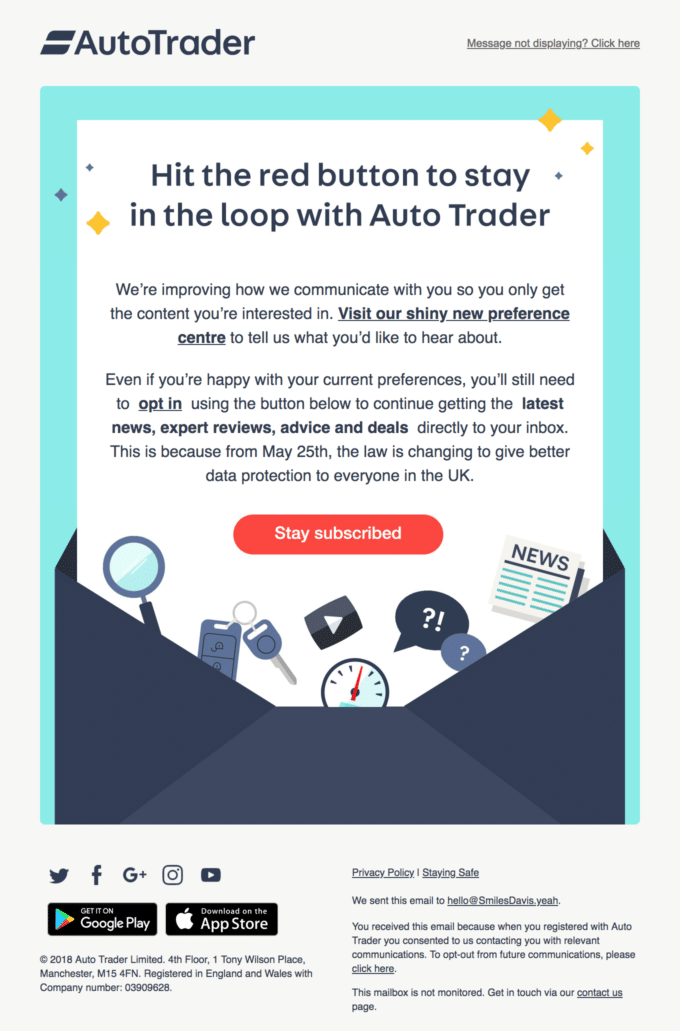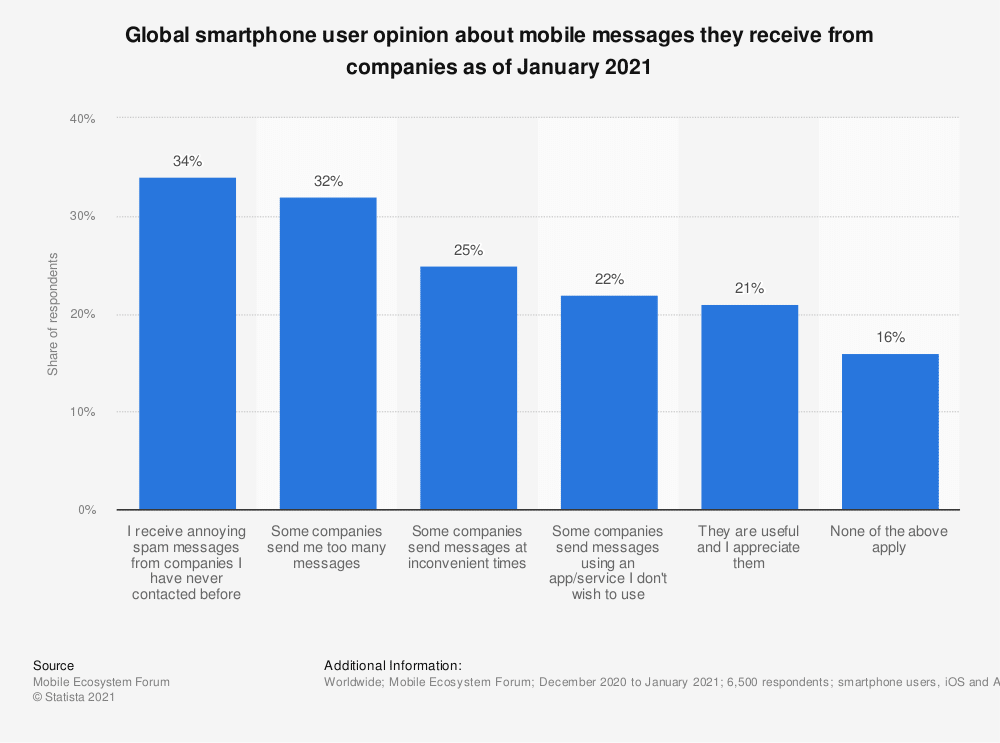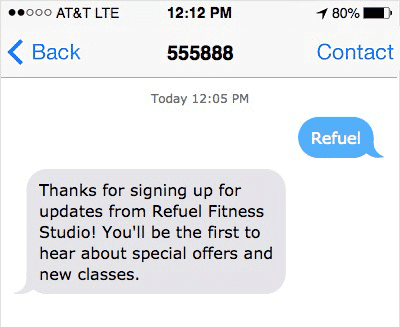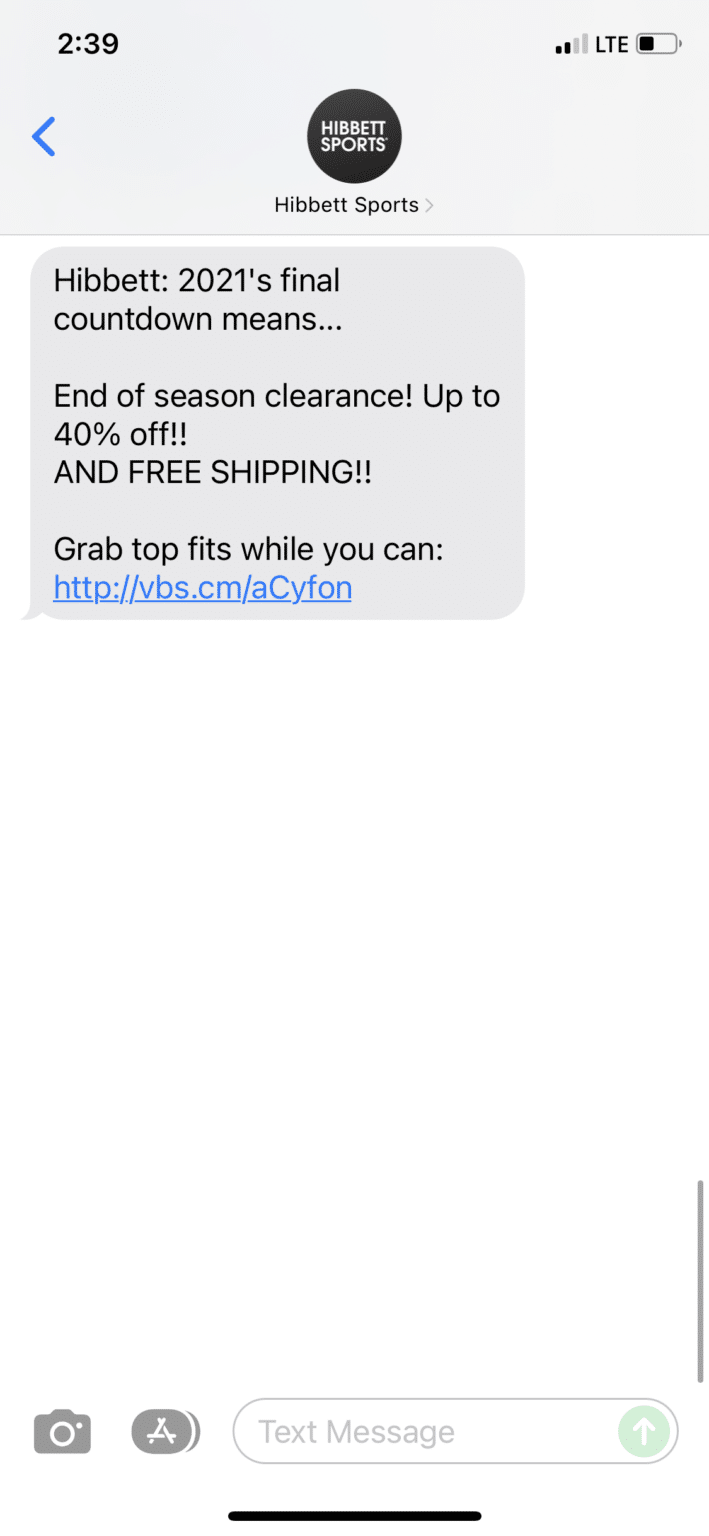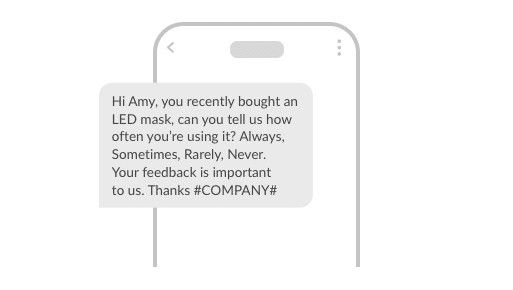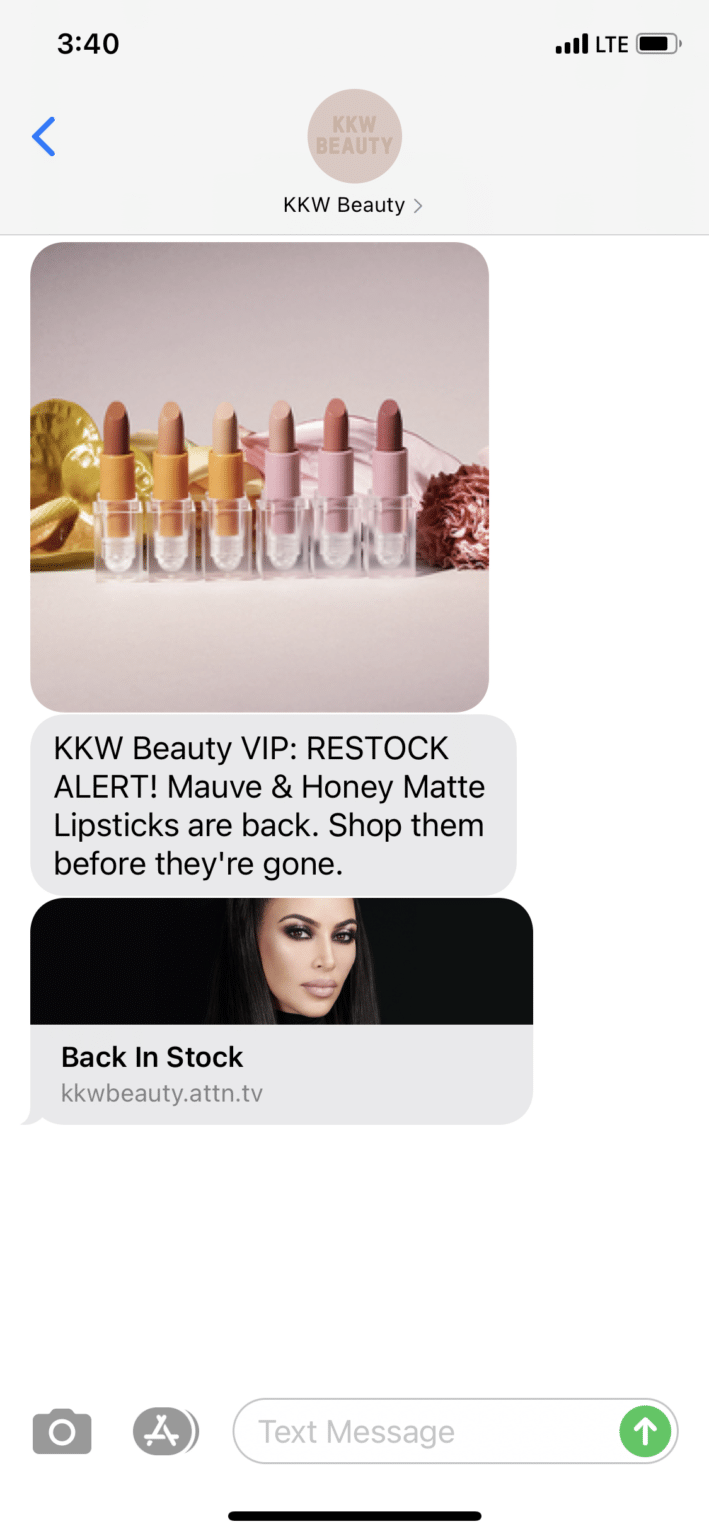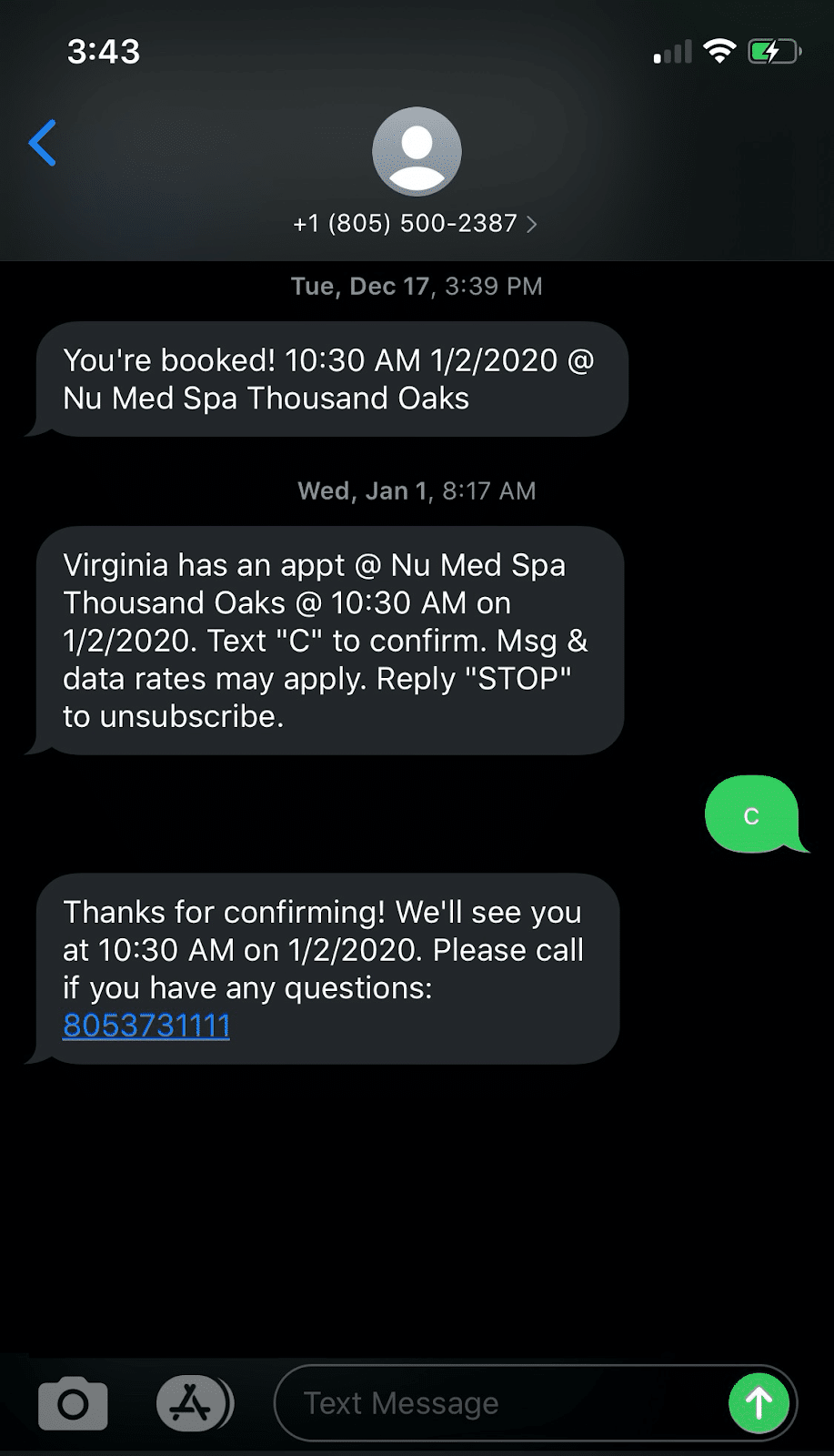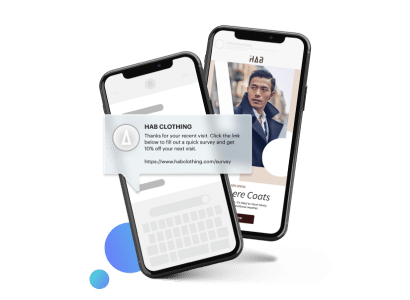Asking if email marketing or SMS marketing is more effective is like asking if lifting weights or cardio is better for fitness. It’s a valid question, but arguably the wrong question.
The question is not which is better but how you should use each and when to use them together. Similar to how weights and cardio serve different aspects of health and fitness, both email and SMS marketing can have a huge impact on marketing efforts but serve different purposes.
The real power of email and SMS marketing is when you apply each to the use cases they serve better than the other. When you try to cover all your bases with just one or the other, you inevitably miss out on opportunities to reach your audience in the most impactful way. By using both SMS and email marketing, you’re able to increase the impact of your marketing campaigns and your bottom line.
How should you use email marketing?
The impact of email marketing campaigns is long-standing. It is the number one preference of recipients of marketing messaging — accounting for 46% of users. And on average, the unique open rate for marketing emails is 22%. However, there are challenges to email marketing that require some strategy to overcome.
To say there is competition for your email audience’s attention would be an understatement. There are over 306 billion emails sent daily worldwide, and 82% of marketers use email as a marketing channel. So it’s really no surprise that 45% of marketers cite maintaining an engaged subscriber list as their number one challenge with their email marketing strategy. So how do you break through the noise and take a slice of the $8.5 billion in revenue made from email marketing? Use it when it counts, so your subscribers come to know the value of email from your organization.
1. Ask for permission
The basis of any good marketing is an engaged audience, which starts with users choosing to receive your messaging. It’s also important to provide subscriber email opt-in to comply with personal data use laws.
AutoTrader not only has its subscribers opt-in to its email list but also allows them to tailor what they receive to their interests.
2. Maintain a regular cadence
An essential piece of building an engaged email list is to consistently deliver great content that subscribers come to expect and look for in their email inbox. And in addition to building an engaged subscriber list, a regular cadence also improves email deliverability.
We’ve done the research on it and found that the ideal email frequency is typically one email every two weeks. The key here is finding a balance between delivering consistently and not flooding your subscribers’ inboxes, so your emails get marked as spam.
This email newsletter from Pitch is a great example of how organizations can use email to keep their audiences informed.
3. Promote long-form content
If you’re sharing detailed or extensive content, email is one of the best mediums to promote it.
This doesn’t mean you copy and paste an entire ebook into an email and hit send, though. Rather, introducing long-form content and linking out to a web page in an email is a better method. In this way, you’re able to keep the content digestible and intriguing if they don’t have the time at present to read it.
Email also provides a format in which you can promote relevant content to your subscribers that they can come back to and reference easily.
This email from Inspire shares a blog roundup with its readers. The brief summary of each blog intrigues the reader to click and read the full post.
4. Share interactive experiences
One of the unique things about email is the ability to provide interactive experiences for the subscriber. We don’t mean interactive like auto-response messages or gifs. We mean interactive in the true sense, like roll-over reveals, embedded forms, expandable content, product previews, etc.
The Google Store offers its email subscribers the opportunity to shop right from their email with interactive product exploration and purchase options.
How should you use SMS marketing?
While many (like literally every blog on SMS marketing) tout a 98% average open rate as the reason to use only SMS marketing campaigns, this doesn’t offer a complete picture. This stat isn’t hard to believe (despite the fact no one seems to have the original source for it). Who doesn’t open their text messages (if only to delete them immediately)? However, you have to think about the context in which people receive these messages to understand their true value.
According to Statista, only 25% of smartphone users prefer getting business communication via text. This isn’t to say SMS is not a preferred channel, though. SMS marketing messages are second only to email (which is the preference of 46% of users, as noted above).
And SMS messages do have a higher read rate than email at 42% (compared to a 32% read rate for emails). Which is all to say, it definitely has a place in your marketing efforts. However, the instances in which it applies are more specific — as indicated by the number of users that prefer it and the general sentiment surrounding it.
The responses seen in the Mobile Ecosystem Forum survey results above paint a clear picture of when and how users want to receive text message marketing. Here are the takeaways on how you should use SMS marketing:
1. Ask for permission
Just like with email, getting subscriber opt-in is essential. Text messages are highly personal and what some would even consider invasive, so getting permission is crucial. Only sending messages to users who are opted-in is not just a best practice; it’s the law.
Getting opt-in from your audience can be as simple as asking them to take the lead by texting a keyword to sign up. Seen here is an example from Refuel Fitness, which asks its members to simply text “refuel” to sign up for SMS messages. Once the member signs up, Refuel Fitness confirms their subscription and reiterates the value they can expect to receive.
2. On a limited basis
Again, getting a text message can feel invasive, especially if it’s overused. Put yourself in the consumer’s shoes: would you want to be constantly pinged by someone asking you to give them your money?
Don’t be like that crazy ex that won’t stop texting. Be intentional; make it count when you text them. Offer them a deal or VIP access so they feel special, not bombarded. In general, limit your text messages to once a week or less.
Hibbett Sports uses SMS messages to notify its customers of timely sales and big discounts. The company is not just texting random updates or notifying customers of every small company update.
3. Make it personal
Because of the intimate feeling of receiving a text, it’s a great opportunity to build relationships with your audience. This could include asking them questions about their personal experience with your product or asking them what they would like to see next. Essentially, SMS marketing gives you the opportunity to get product ideas “straight from the horse’s mouth.”
Asking customers for feedback not only gives your company valuable insights but also makes your users feel heard and prioritized in your product development.
4. Share time-sensitive offers and updates
One of the greatest advantages of using SMS marketing is that the recipients immediately get notifications. You don’t have to wait for them to wade through their inboxes a few days later to discover the sale that’s already over. When there is something timely or exclusive, like VIP early access, that is the ideal time to use SMS marketing.
KKW Beauty uses SMS to share restocks with its VIP group, so they have a better chance of snagging the product before it runs out again.
5. Send brief updates
When it comes to text messaging, brevity is key. Typically, 160 or fewer characters is the sweet spot, so you can keep copy within a single message. Think about the last time you received a virtual book from someone via SMS text. You probably either didn’t read it or wished they would have just sent an email. Honor that instinct in your SMS marketing.
Nu Med Spa gets right to the point in its text confirmations. The company only includes the most pertinent information for its customers and includes a phone number for further questions.
Better together
Email and SMS marketing both have unique strengths in different use cases. The best marketing strategies include both, and the best marketing platforms allow you to implement them in sync.
For example, you might send an email with long-form content promoting an event a month before and then follow it up the week of with a reminder text. The key is to set up both through the same marketing tool so you can use automation triggers to maximize the strengths of each.

